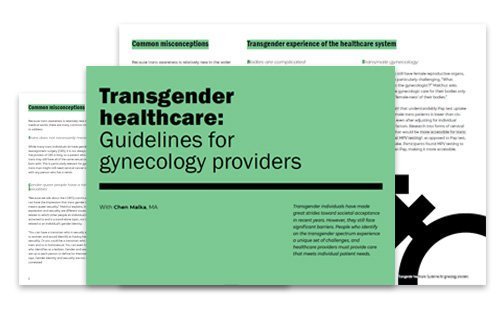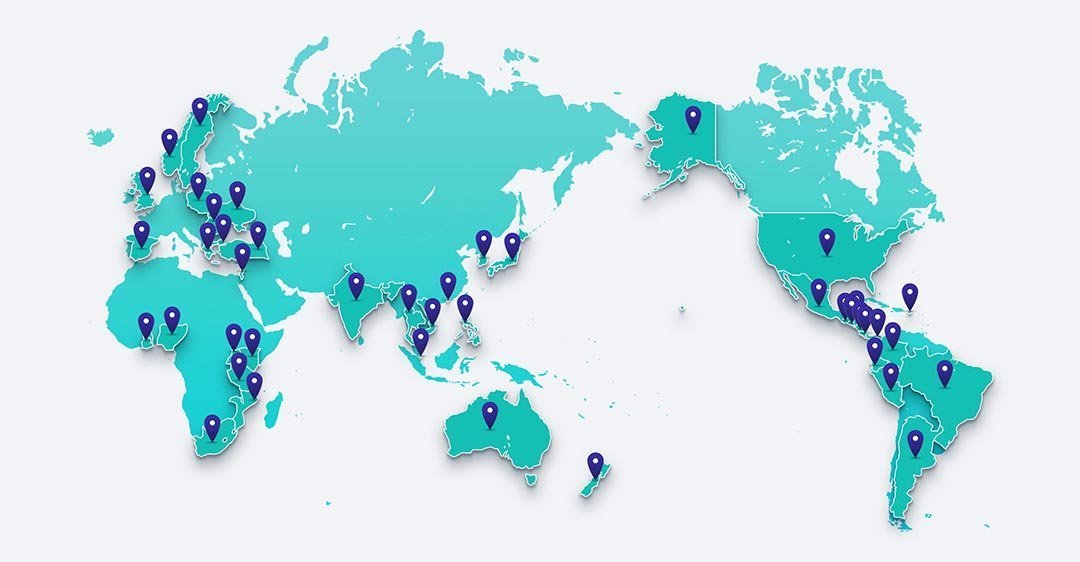Transgender healthcare: Guidelines for gynecology providers
Join Chen Malkut, an LGBT activist and practicing psychologist as she explores the issues that transgender patients face and suggest ways in which clinicians can provide more compassionate care.

In this guide you will learn:
- The difference between trans, non-binary, gender fluid
- Common misconceptions around trans experience
- Practical steps to make your OBGYN practice trans inclusive
“For trans men who still have female reproductive organs, gynecologic care is particularly challenging. Needing to receive gynecologic care for their bodies only reemphasizes the ‘female-ness’ of their bodies.”
MobileODT Women’s Health Special Populations Project
MobileODT has the honor of working with women’s health clinicians around the world. Increasing immigration and shifts in social norms have led many healthcare providers to interact with patients from unfamiliar backgrounds with unfamiliar considerations.
Our Special Populations Project taps into the collective knowledge within the network of EVA System users that spans 42 countries, to give other clinicians an insider’s view on certain special populations.
These guides are intended to start the conversation and to give clinicians an initial sense of the issues involved. Official protocols and local guidelines should be adhered to in every case.
